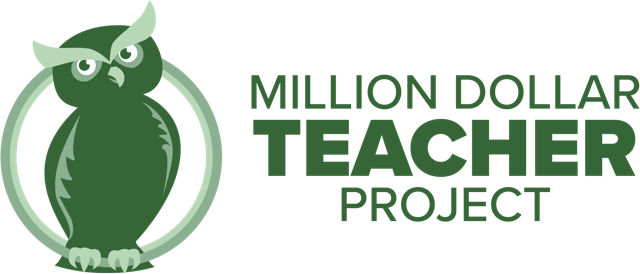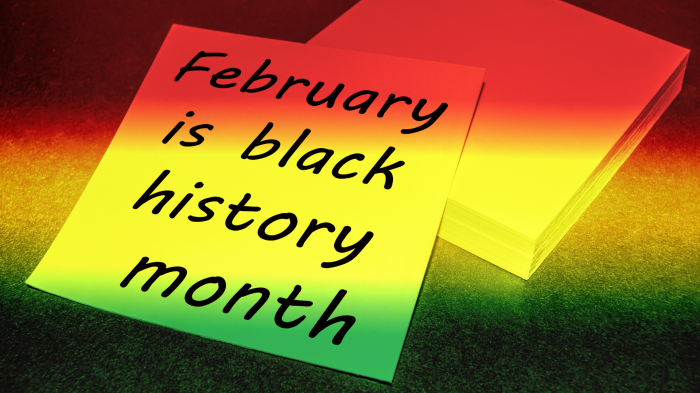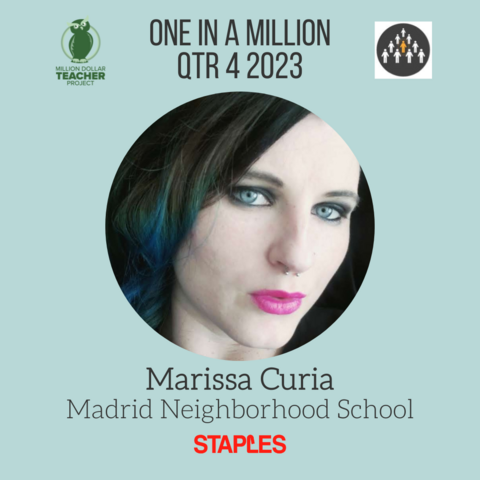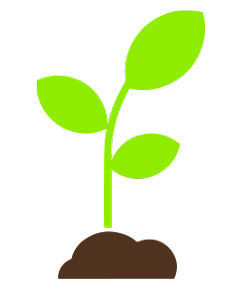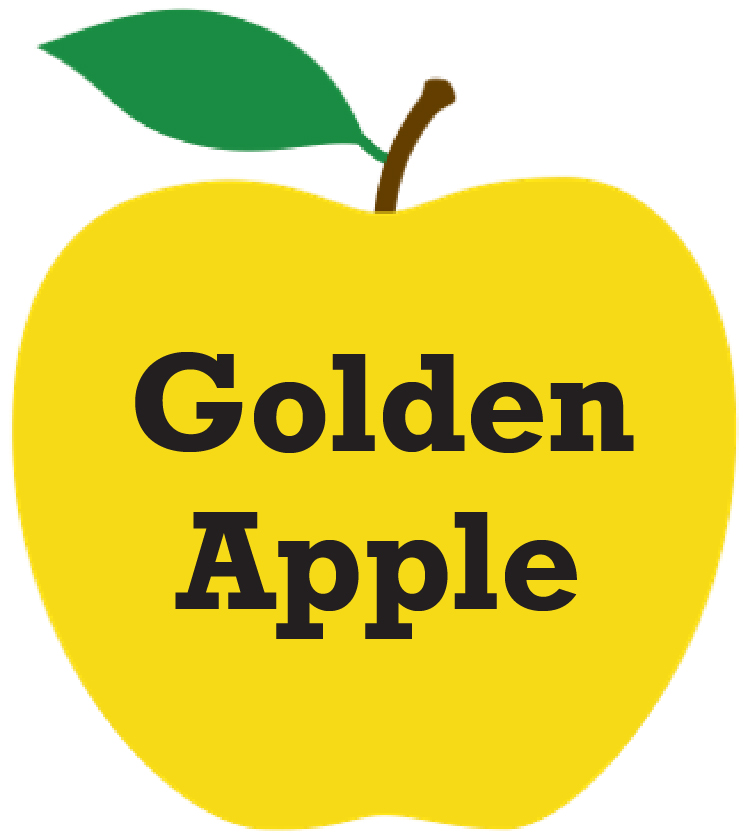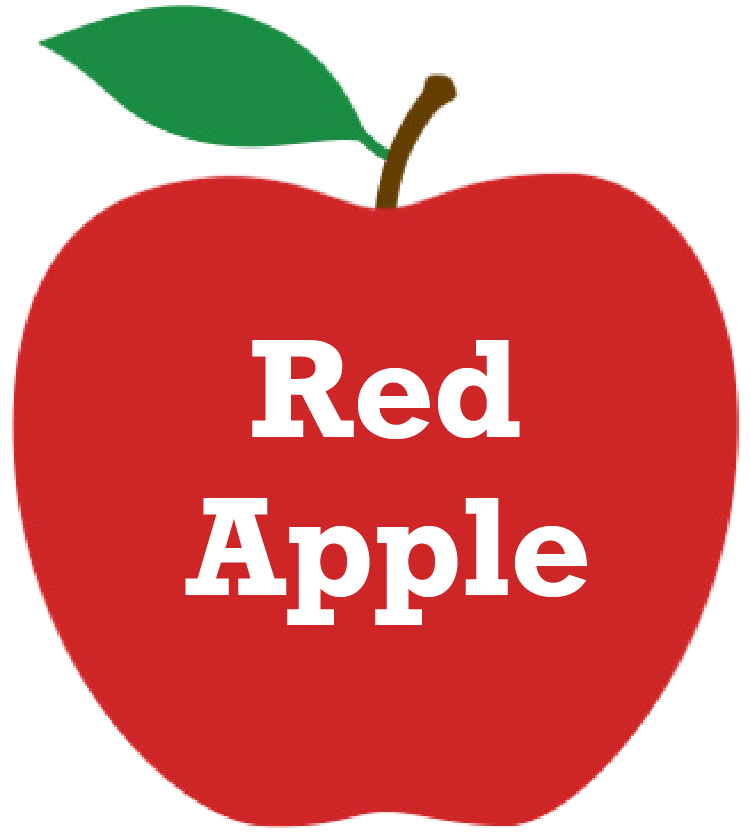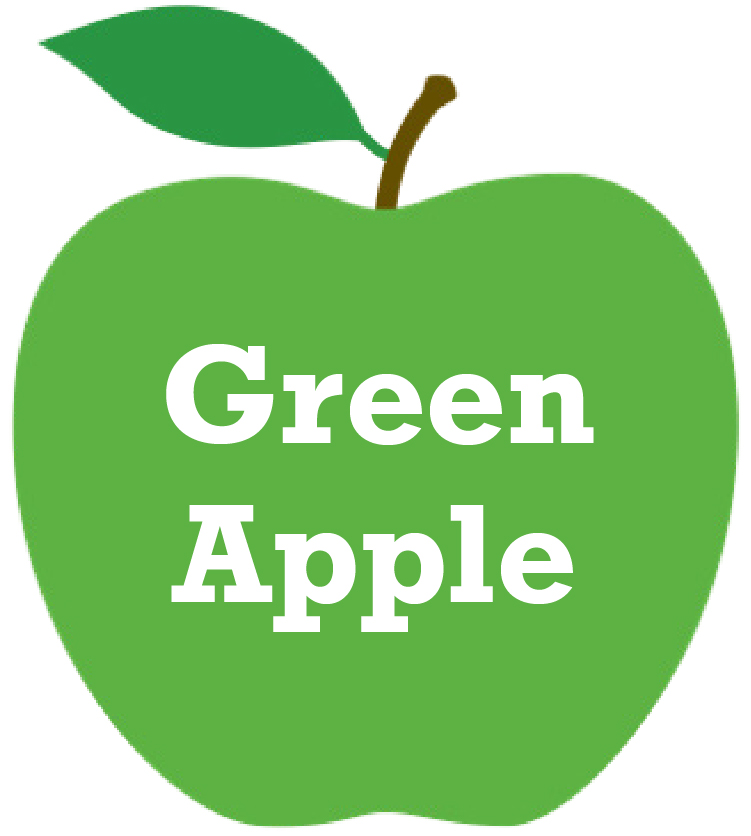Why Teaching Black History to Kids is Important!
I want to start this article with a simple assertion: it is important to teach Black history to kids because it is world history. It is all of our history. Our stories are so interwoven and connected.
Tremendous gaps would be left in the plot of the creation of civilization around the world without Black history. The advancement of society across the globe has relied upon and been driven by the significant contributions of Black people, and it is imperative that all children know that.
If we’re going to tell the story, we must tell the complete story. We can’t just tell stories where the heroes are white. Our classrooms are community incubators. They teach our children how to interpret the world, how to socialize, how to relate to each other.
Incorporating Black history within the school’s curriculum, not only throughout the month of February but every month, helps students to see their own value and talent regardless of their race. This approach is the only way we can one day truly actualize the words of Dr. Martin Luther King Jr. and create a world where people are not “judged by the color of their skin, but the content of their character.”
Repeat after me: Black civilization did not begin or end with slavery. Slavery was a horrific chapter and should always be remembered as such. As that story is told, it should be additionally highlighted how Black people persevered through it, though we grapple with its nasty effects still in today’s society.
Also: Black heroes are not just athletes or musicians. Amazing Black athletes and musicians (like Etta James, Aretha Franklin, Tina Turner, Serena Williams, Beyonce, Ma Rainey, Kareem Abdul Jabbar, James Brown, Bill Russell, Ella Fitzgerald, Barry Gordy, Jim Brown,  Muhammad Ali, Jackie Robinson, Jackie Joyner-Kersee, just to name a few off the top of my head) have certainly impacted the world immensely, but it’s important for our children to know: Black people do much more than just dribble a ball or sing songs, and we deserve to be valued even when we’re not doing those things.
Muhammad Ali, Jackie Robinson, Jackie Joyner-Kersee, just to name a few off the top of my head) have certainly impacted the world immensely, but it’s important for our children to know: Black people do much more than just dribble a ball or sing songs, and we deserve to be valued even when we’re not doing those things.
Teaching students about the vastly diverse array of historical Black people and their unique contributions, experiences, perspectives, creations, accomplishments, and ideas will assist with that enormously. To that end, our curriculums must depict the rich tapestry that the Black community has contributed to the arts, the sciences, mathematics, economics, and far beyond.
Students should know about African ruler Mansa Musa the same way they know about Julius Caesar. As you explore the work of Michelangelo, also explore the work of artist Jean-Michel Basquiat. When they learn about Galileo, they should also learn about NASA employees Katherine Johnson, Dorothy Vaughan, and Mary Jackson: the brilliant Black women whose mathematical calculations were instrumental in successfully launching astronaut John Glenn into space. These are just a few suggestions. There are far more. And they should all be celebrated in our schools every day.
Black history, in addition to brown history, white history, and indigenous history, is OUR history. The more our kids know that, the healthier our culture will be, and the stronger our society will be.
Contributor Info:
Lloyd Hopkins ~ Executive Director/Founder of the Million Dollar Teacher Project
An organizational leader with extensive experience in community and nonprofit work, Lloyd Hopkins has worked in education for 18 years. He graduated from Arizona S tate University with a degree in Nonprofit Management and Leadership. His passion for ensuring quality education for all led him to launch Million Dollar Teacher Project, a teacher recruitment and retention program of which he’s the Executive Director/Founder. As a philanthropist, from 2016 to 2018, he was the Chair of Real Engagement through Active Philanthropy (R.E.A.P), a fund under the Arizona Community Foundation supporting programs making positive impacts on African-American Youth, where his membership is still active. In 2019, He also worked with an Achieve60AZ Taskforce on improving attainment for the African-American community in Arizona, was recently a finalist for the Phoenix Center of the Arts Mayor’s Arts Awards for his Million Dollar Teacher Tree program and was honored by the East Valley NAACP with the Malala Yousafzai Equity in Education Award. He currently sits on the African American Advisory Council for the Arizona Department of Education and the board of the Children’s Museum of Phoenix.
tate University with a degree in Nonprofit Management and Leadership. His passion for ensuring quality education for all led him to launch Million Dollar Teacher Project, a teacher recruitment and retention program of which he’s the Executive Director/Founder. As a philanthropist, from 2016 to 2018, he was the Chair of Real Engagement through Active Philanthropy (R.E.A.P), a fund under the Arizona Community Foundation supporting programs making positive impacts on African-American Youth, where his membership is still active. In 2019, He also worked with an Achieve60AZ Taskforce on improving attainment for the African-American community in Arizona, was recently a finalist for the Phoenix Center of the Arts Mayor’s Arts Awards for his Million Dollar Teacher Tree program and was honored by the East Valley NAACP with the Malala Yousafzai Equity in Education Award. He currently sits on the African American Advisory Council for the Arizona Department of Education and the board of the Children’s Museum of Phoenix.
